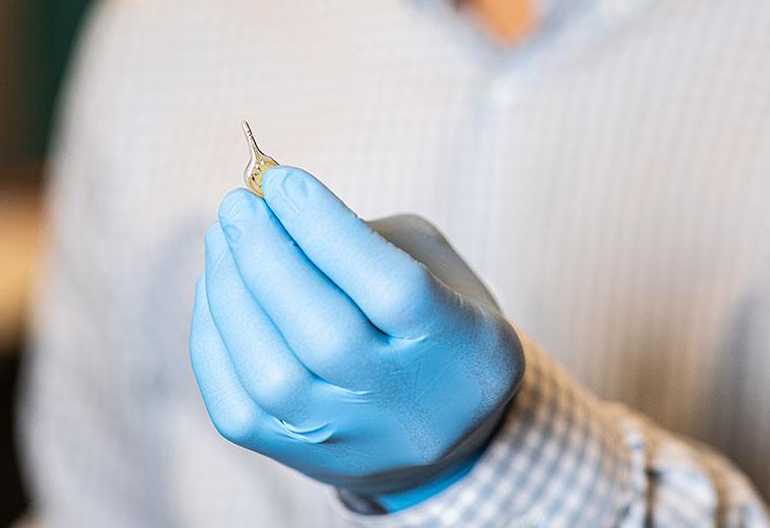You can really be your most efficient self, and you’ll still have a shot at something better. This has always been the case for human beings. In fact, the dynamic has only grown stronger over time, and the same is pretty evident within our surroundings. Nevertheless, if we have to pick the strongest proponent of it, the consensus’ answer is more than likely to be technology. Technology appears as the clear winner here mainly due to the way it reimagined every little detail about our lives. The transition, as daunting as it looked at first, will end up making every process convenient beyond all limits, and yes, it will do so without making any sacrifices on the efficiency front. To contextualize it through a real-world example, we must see how technology’s arrival went down in, let’s say, an area like healthcare. By linking up with healthcare, technology was able to make such a difference that, all of a sudden, our position in regards to both product and price looked significantly better. This would continue to improve, and after taking a recent development into consideration, we can say that there is still a lot more to come.
The researching team at Texas A&M University has successfully developed a wireless device, which is designed to illuminate and destroy residual tumor cells left after cancer resection. According to certain reports, the device works in conjunction with a photosensitizer drug that is prescribed before the process. The drug’s purpose is to accumulate all the tumor cells, therefore making them easier to target and destroy. Furthermore, the device’s small size also enhances the viability of implanting it for a longer term photodynamic therapy. The said feature can do a lot in providing the patient with a more effective counter strategy against any cancer recurrence. At present, chemotherapy is the most widely-used method when it comes to eliminating cancer residual, but given the taxing nature of it, the method instantly becomes a less attractive option in many of the cases. Hence, photodynamic therapy can fill this gap rather effortlessly.
Notably enough, we have tried dabbling with the stated therapy in the past. However, a lack of knowledge about dose, alongside method’s short-term tendencies, has kept its appeal somewhat limited. The new device solves those issues to some degree by allowing you to tune the wavelength of light to precisely match the absorption spectrum of the photosensitizer drug. This bolsters the overall efficiency. Furthermore, going back to the small size, it ensures optimal tissue penetration over a long-term, something that has been a struggle for other photodynamic technologies.
“The biocompatible, miniaturized implantable LED device will enable light dosing and PDT that is tailored to the individual tumor response,” said Sung IL Park, a researcher involved in the study. “The intracavity device will provide a minimally invasive, biocompatible platform for light detection of residual cancers and delivery to tumor cells located in any part of the body, suggesting it could make an impact in the areas of breast, kidney, lung, pancreatic, prostate, ovarian and rare cancers.”


















